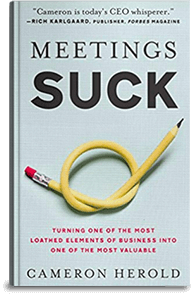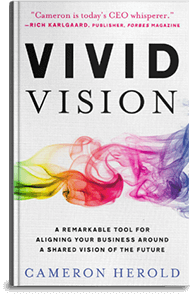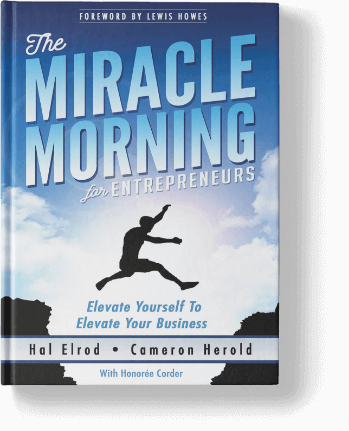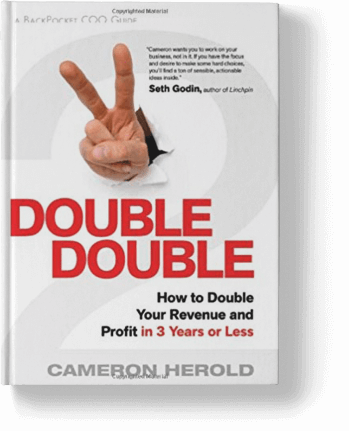Most leaders dream of a self-managing team.
One where people take ownership, make decisions, and drive projects forward — without constant check-ins or babysitting.
But here’s the truth: self-managing teams don’t just appear.
They’re built intentionally.
And the secret isn’t about hiring unicorns. It’s about how you lead, delegate, and develop your people.
Why Most Teams Depend Too Much on the Leader
- Employees are afraid to make mistakes
- Managers don’t know how to delegate with clarity
- Leaders hold onto decisions instead of empowering others
- There’s no system of accountability beyond the boss
This creates bottlenecks — and burns leaders out.
The 3 Keys to Building a Self-Managing Team
1. Delegate With Clarity
Don’t just hand off tasks.
Give full ownership: clear outcomes, timelines, and authority to decide.
2. Invest in Leadership Development
Teams can’t self-manage if managers don’t know how to lead.
Training your managers in coaching, communication, and accountability is what unlocks independence.
3. Build Rhythms and Systems
Weekly check-ins, dashboards, and KPIs provide structure.
The goal is freedom with accountability — not chaos.
What Happens When It Works
- Leaders gain back 10–20 hours a week
- Employees grow faster and feel more trusted
- Execution speeds up because decisions don’t bottleneck at the top
- A-players thrive in the autonomy they crave
A self-managing team isn’t about abdicating responsibility.
It’s about creating clarity, investing in people, and building systems that let your team run — so you can focus on the bigger picture.
Want your managers to step up and lead themselves?
Check out my training program Invest in Your Leaders — a 6-hour practical course where your team learns 12 essential leadership skills to become self-managing and execution-driven.




